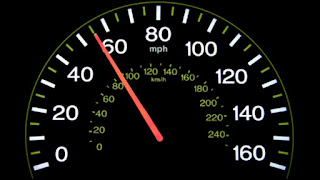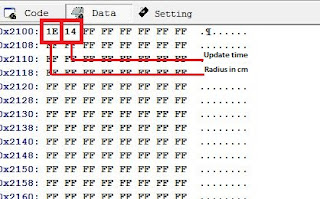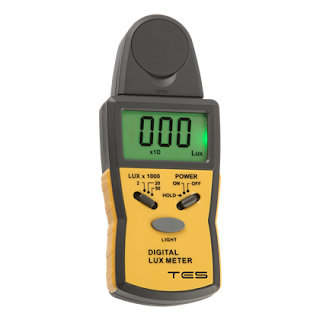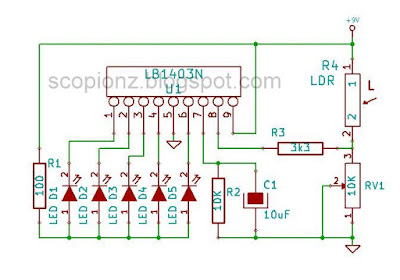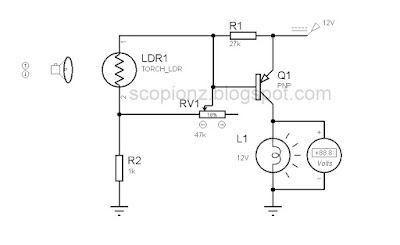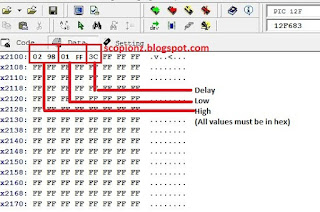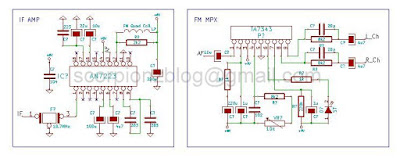 |
Electronic delay timers are devices which are able to count and produce different time delay intervals as per the external settings. The elapsing of the set time is mostly indicated through an audible alarm to alert the user. Timers play an important role in our everyday life, whether it’s your cell phone, wall clock, TV/DVD sets, computers they are present everywhere.
Usually an ordinary electronic timer is able to produce single-shot delay intervals and setting up its initializing point becomes inaccessible. The present simple programmable timer circuit design eliminates this drawback.
 |
| Simple Programmable Timer Circuit |
This is a one of the simple circuit of programmable timer circuit. The time range of this timer is 1 second to 255 hours. The delay time can be change by dip switches. The whole circuit of programmable timer is build using cheap PIC16F628A microcontroller and few passive components.
Circuit Operation
After power applied, the START led will turn on and you need to configure the delay time, timer mode and repeat mode. The delay time of this circuit can change by using dip switches. Those dip switches are represent 8-bit binary number and that number use to set delay time. When the delay time over, RLY ON led will turn on.Eg:
If you need to set delay time to 150 then, dip switch configuration is 10010110 (RB0-RB7).
1 = Off and 0 = On
When you pressed the START button, START led will begin to blink and you can observe timer status by that.
Time Mode
This circuit can operate in 3 different time modes (Seconds, Minutes and Hours). Those modes can select from MODE buttons.- If both PORTA.F6 and PORTA.F7 are low or high, then circuit is running in seconds’ mode (0 – 255 seconds)
- If PORTA.F6 high and PORTA.F7 low, then the circuit is running in minutes’ mode (0 – 255 minutes)
- If PORTA.F6 low and PORTA.F7 high, then the circuit is running in hours’ mode (0 – 255 hour)
Repeat Mode
If PORTA.F1 is low then repeat mode will turn on. The circuit running continuously and RLY ON led will turn on and off repeatedly.To control heavy load, remove RLY ON led and connect 5v relay through NPN transistor. Then connect you device across the relay. Supply voltage for this circuit is 5v and use voltage regulator ic such as LM7805, if you use voltage above that.












